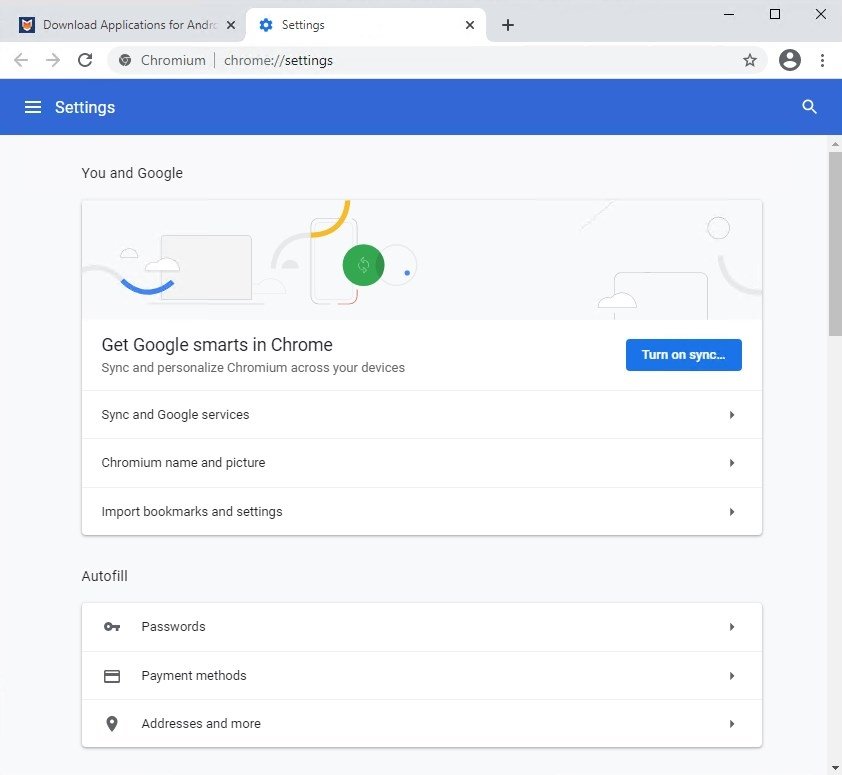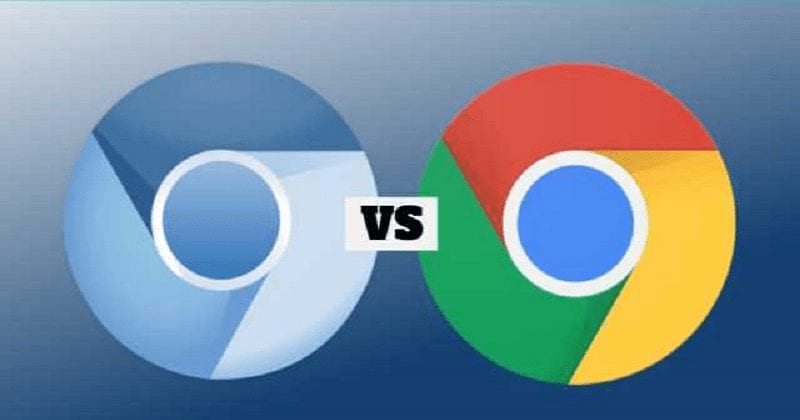

- #Chromium vs chrome performance how to
- #Chromium vs chrome performance software
- #Chromium vs chrome performance code
In this case, a local cache was added years ago to Chrome's history system with the goal of making startup faster. But a frequent corollary of caching is that the cache may introduce other problems (code complexity, stability, memory consumption, data consistency), and may even make performance worse.
#Chromium vs chrome performance software
Often software engineers add a cache to a system with the goal of improving performance.

However, other search providers can trigger this feature by adding information to the query suggestions sent from their servers to Chrome, as described in this article. In fact, our experiments found that search results are now 4X more likely to be shown within 500 ms!Ĭurrently, this only happens if Google Search is your default search engine. This means that you see the search results more quickly, as they’ve been fetched from the web server before you even select the query. Searching in Chrome is now even faster, as search results are prefetched if a suggested query is very likely to be selected. Need more help figuring out where your use case fits? Contact us before you get too far in authoring the test.You’ve probably noticed that potential queries are suggested to you as you type when you’re searching the web using Chrome’s omnibox (as long as the “Autocomplete searches and URLs” feature is turned on in Chrome settings.) This makes searching for information faster and easier, as you don’t have to type in the entire search query - once you’ve entered enough text for the suggestion to be the one you want, you can quickly select it.
#Chromium vs chrome performance how to

You may also consider other performance tools, such as using UMA to measure performance on users' devices instead of in the lab.

#Chromium vs chrome performance code
As an alternative, gtest-based benchmarks allow test code to share the same process as Chrome code. Telemetry-based benchmarks control Chrome from an external process, and this does not always offer the level of control needed. There is more than one way to measure performance. See Chrome Speed Devices for a list of supported hardware. The benchmarking infrastructure is expensive to maintain. Limit your tests to the smallest number that cover the most important use cases. If a test case is complex, it may be hard to automate or it may be flaky. Keep your benchmark stories simple and only include the minimal set of interactions needed to complete your scenario. In Blink Perf, you can measure trace events on one-off pages. Use Blink Perf for one-off cases that don't fit into other harnesses. You can also collect additional traces and add more metrics to existing benchmarks or pass additional flags to the browser. You can cover most new performance test cases in Chrome by adding a new story, using an existing metric within one of the existing harnesses. After the stories finish, the framework runs various performance metrics to analyze the traces and calculates performance results. The Telemetry framework replays recorded stories to simulate user interactions with Chrome while collecting traces that record Chrome activities.


 0 kommentar(er)
0 kommentar(er)
